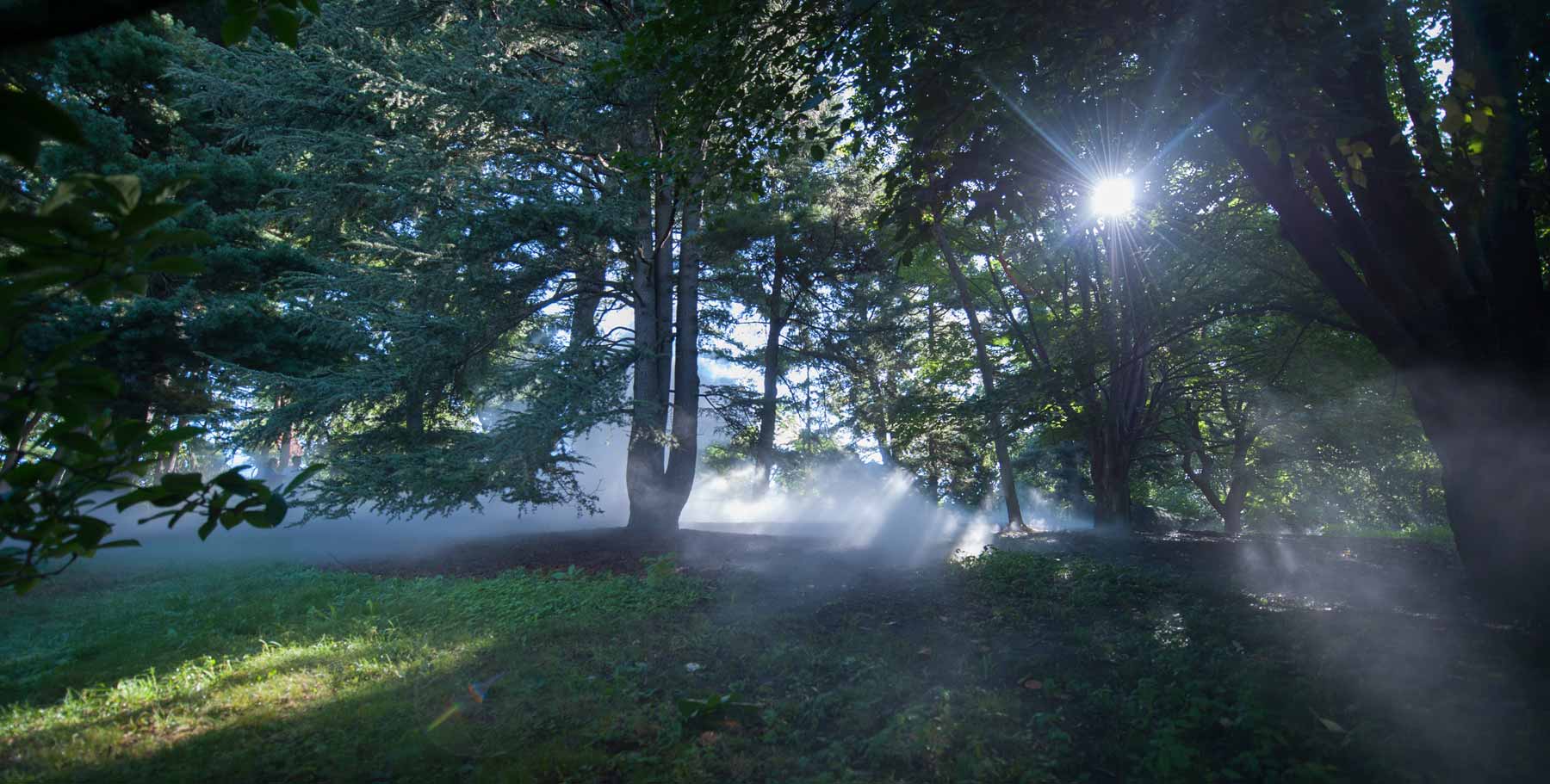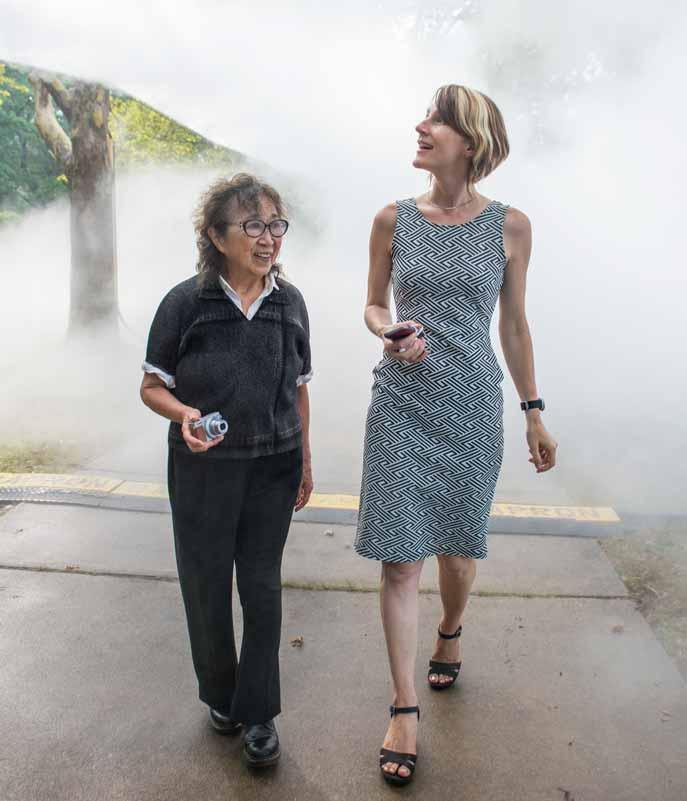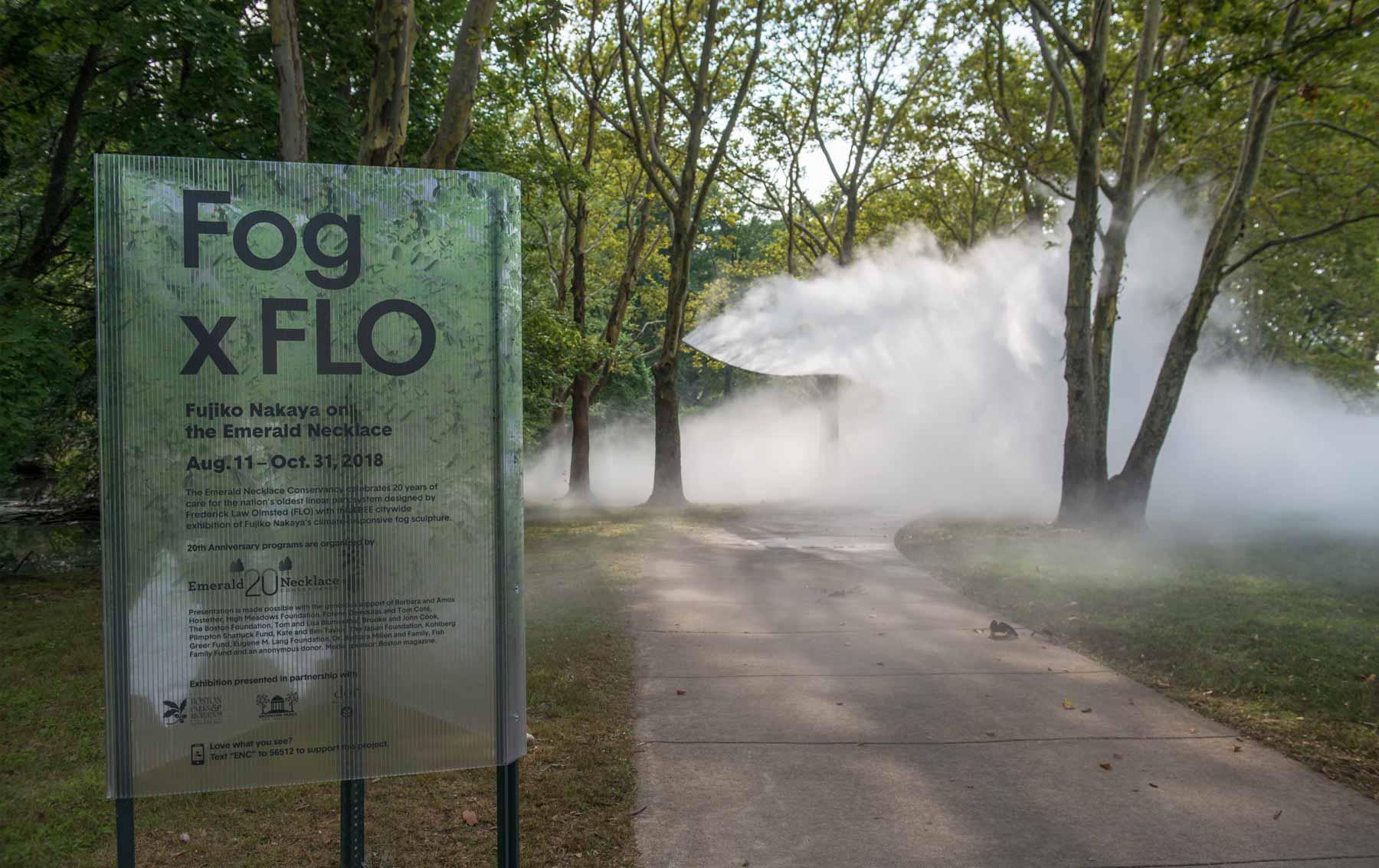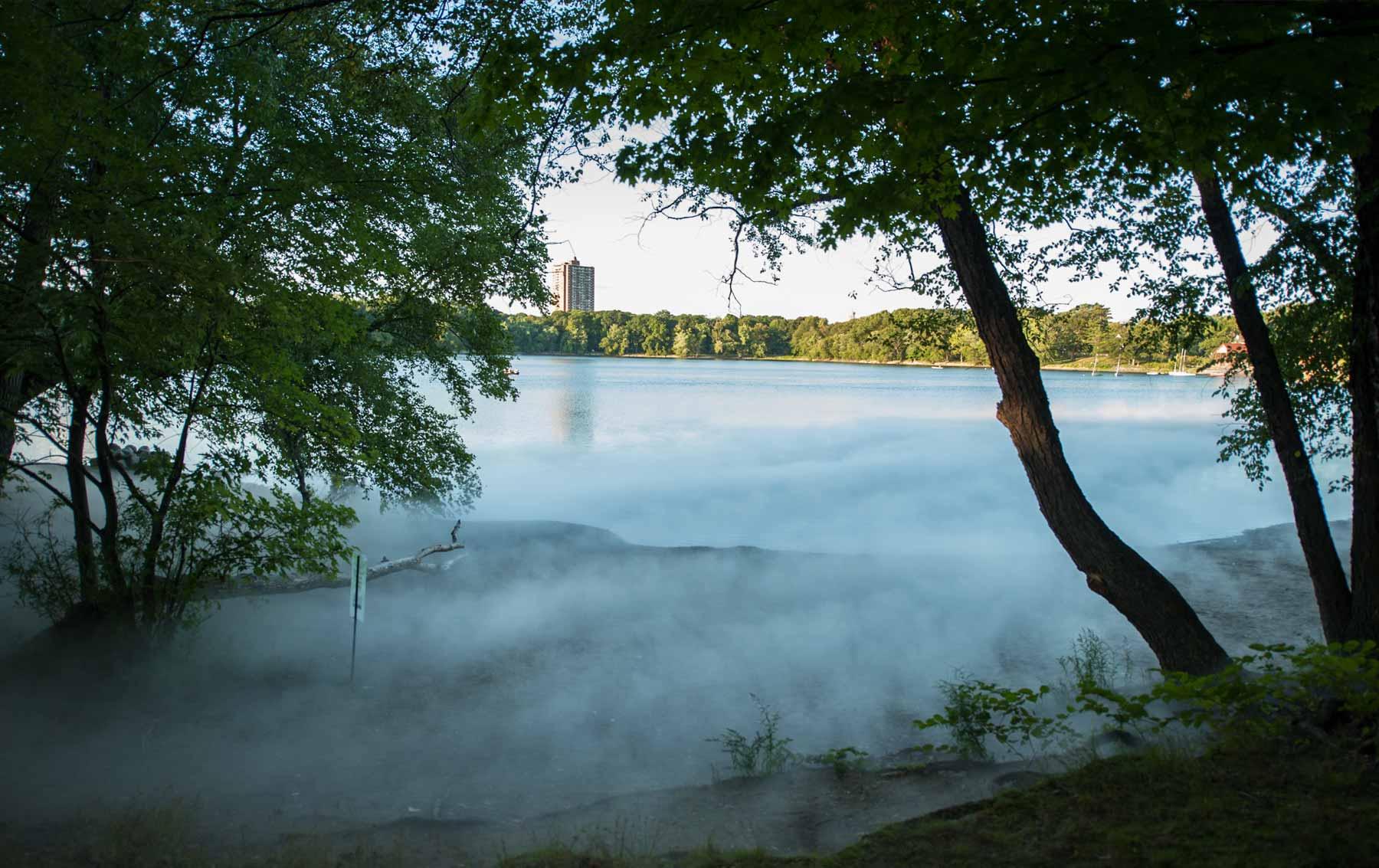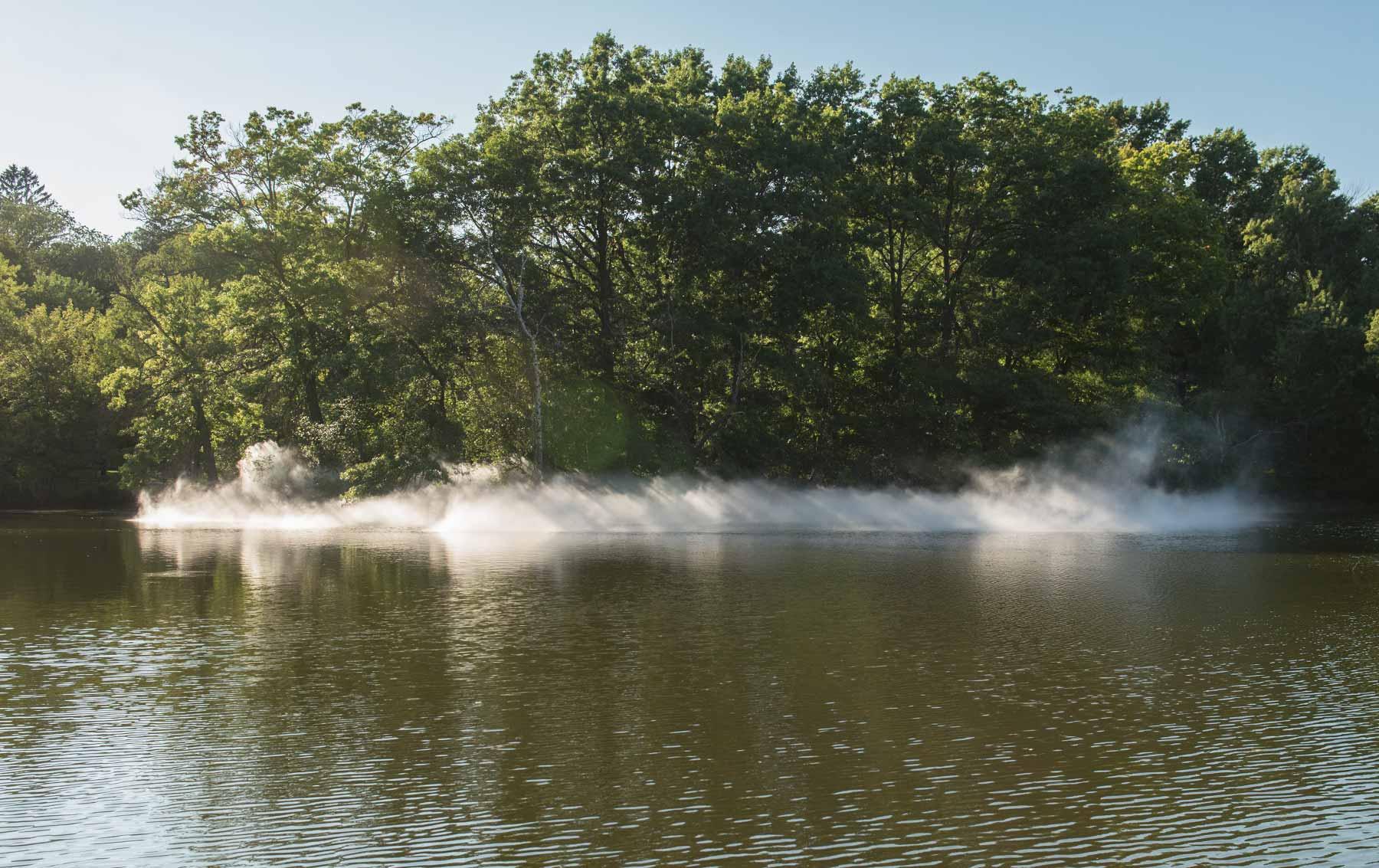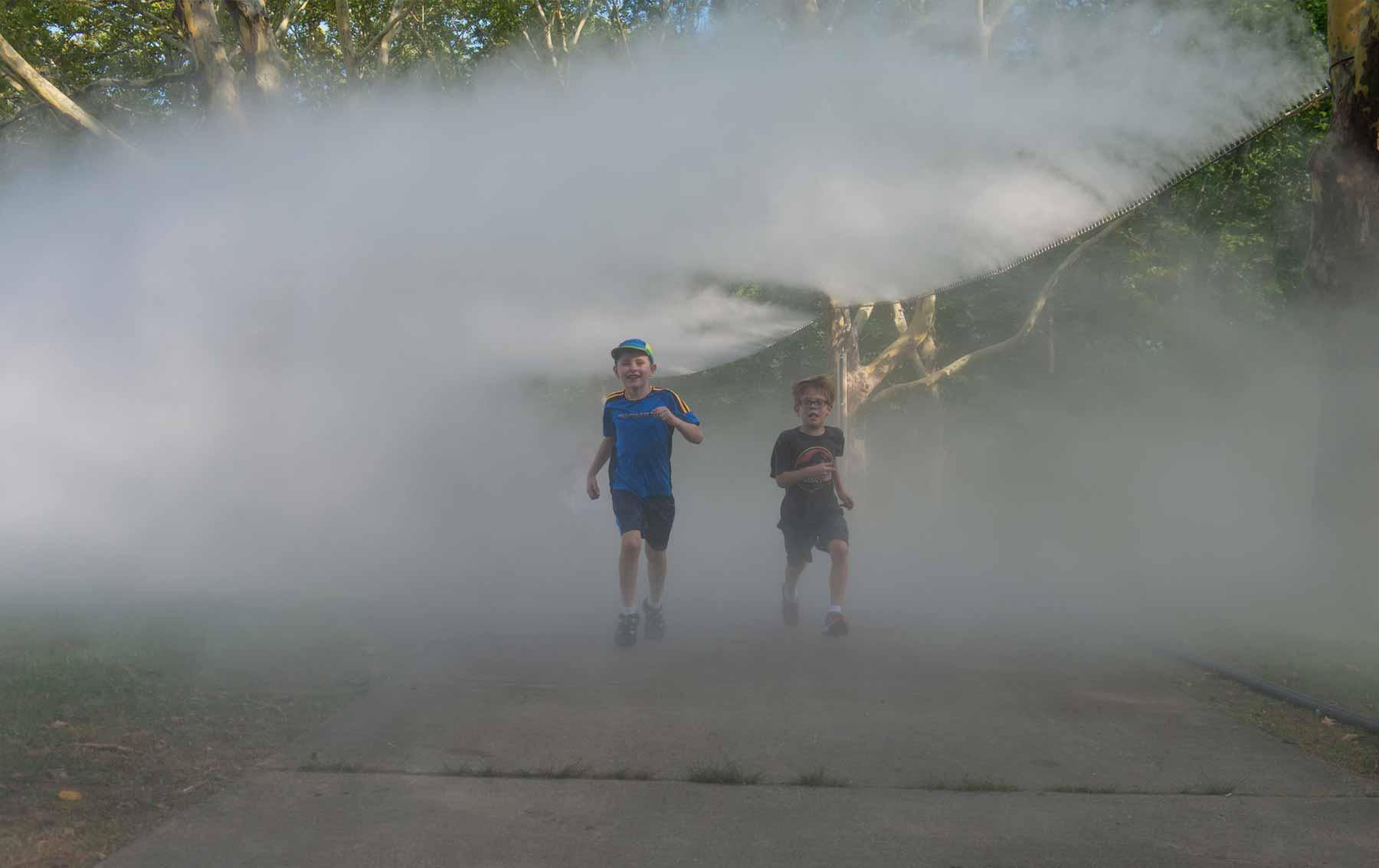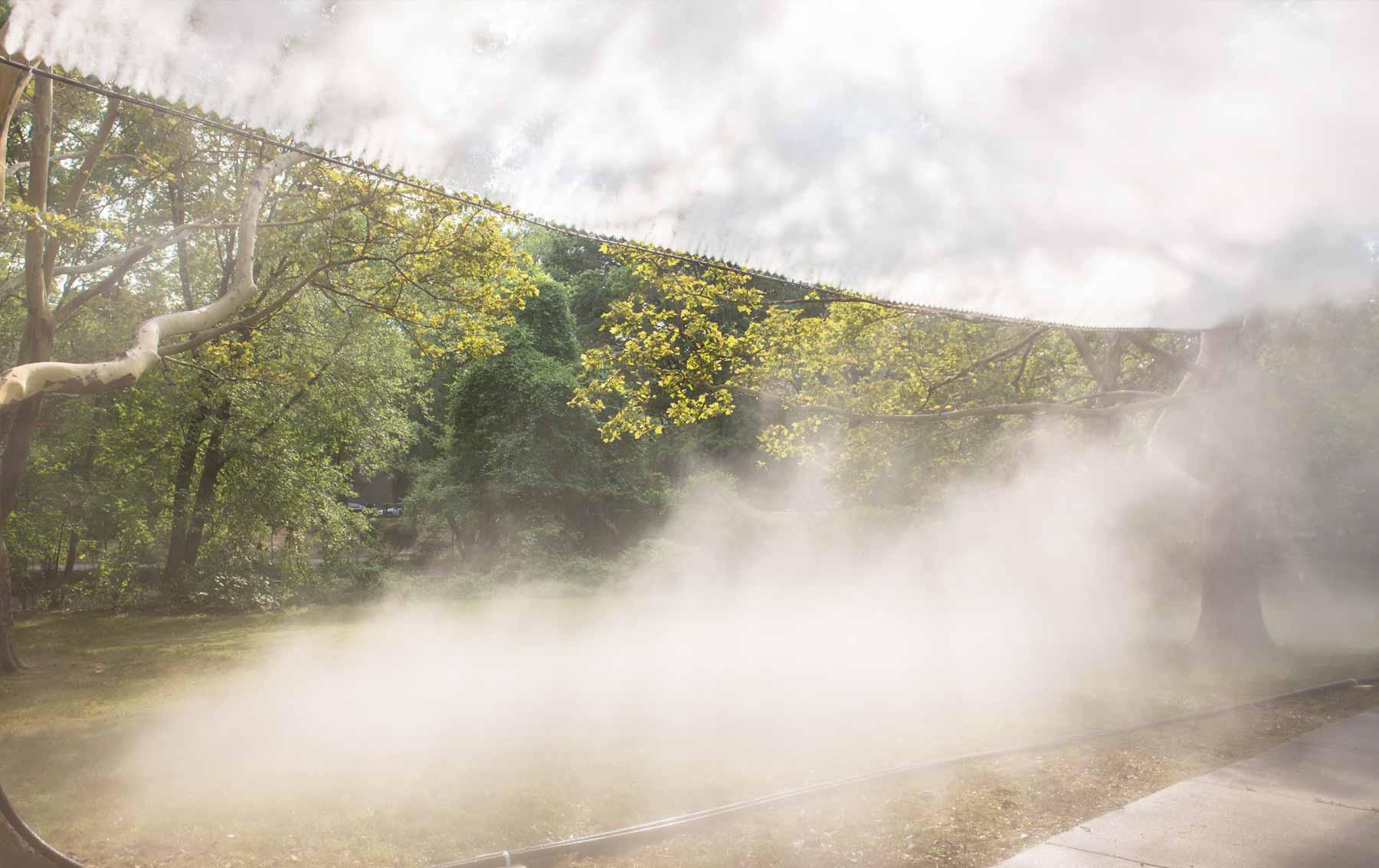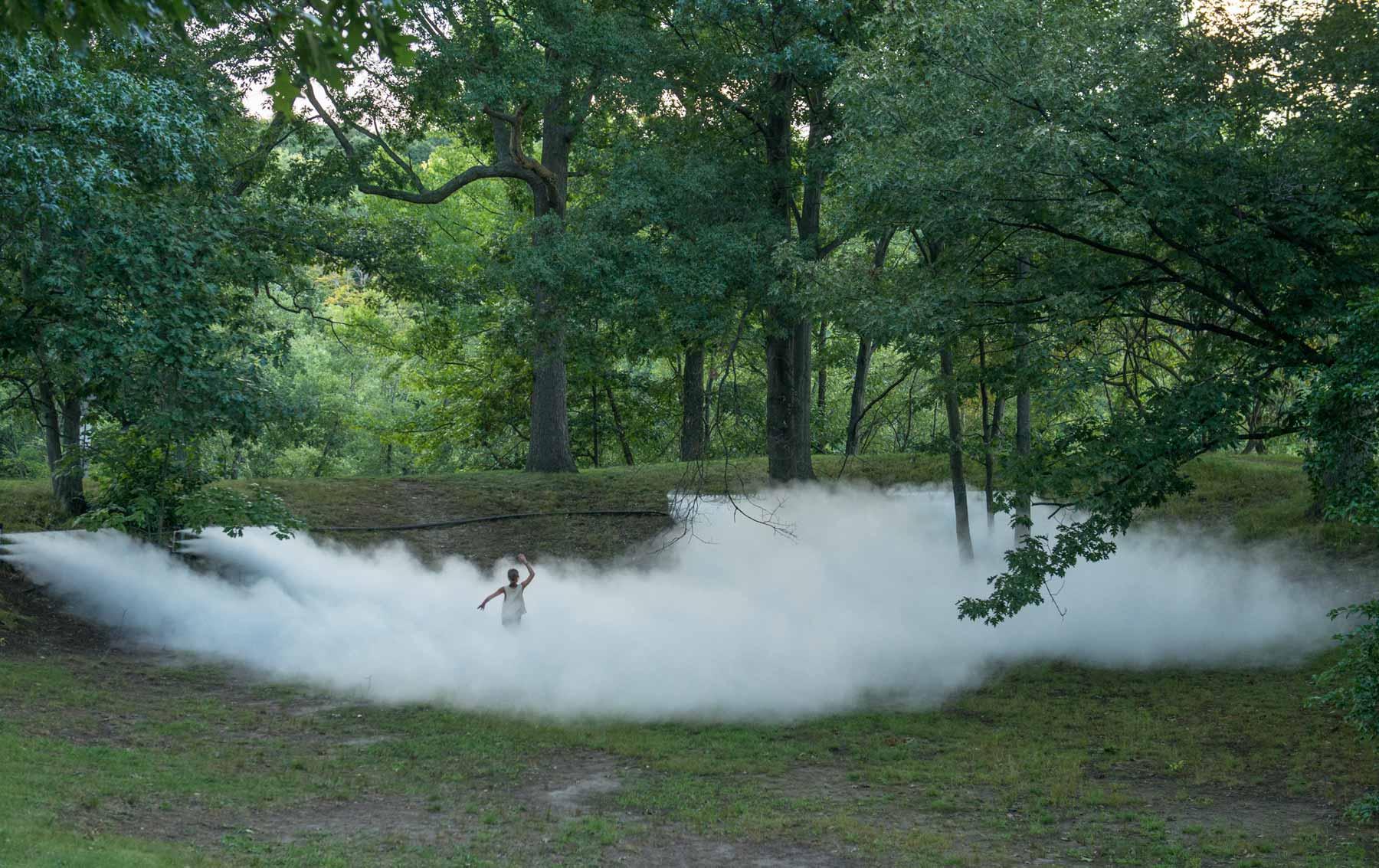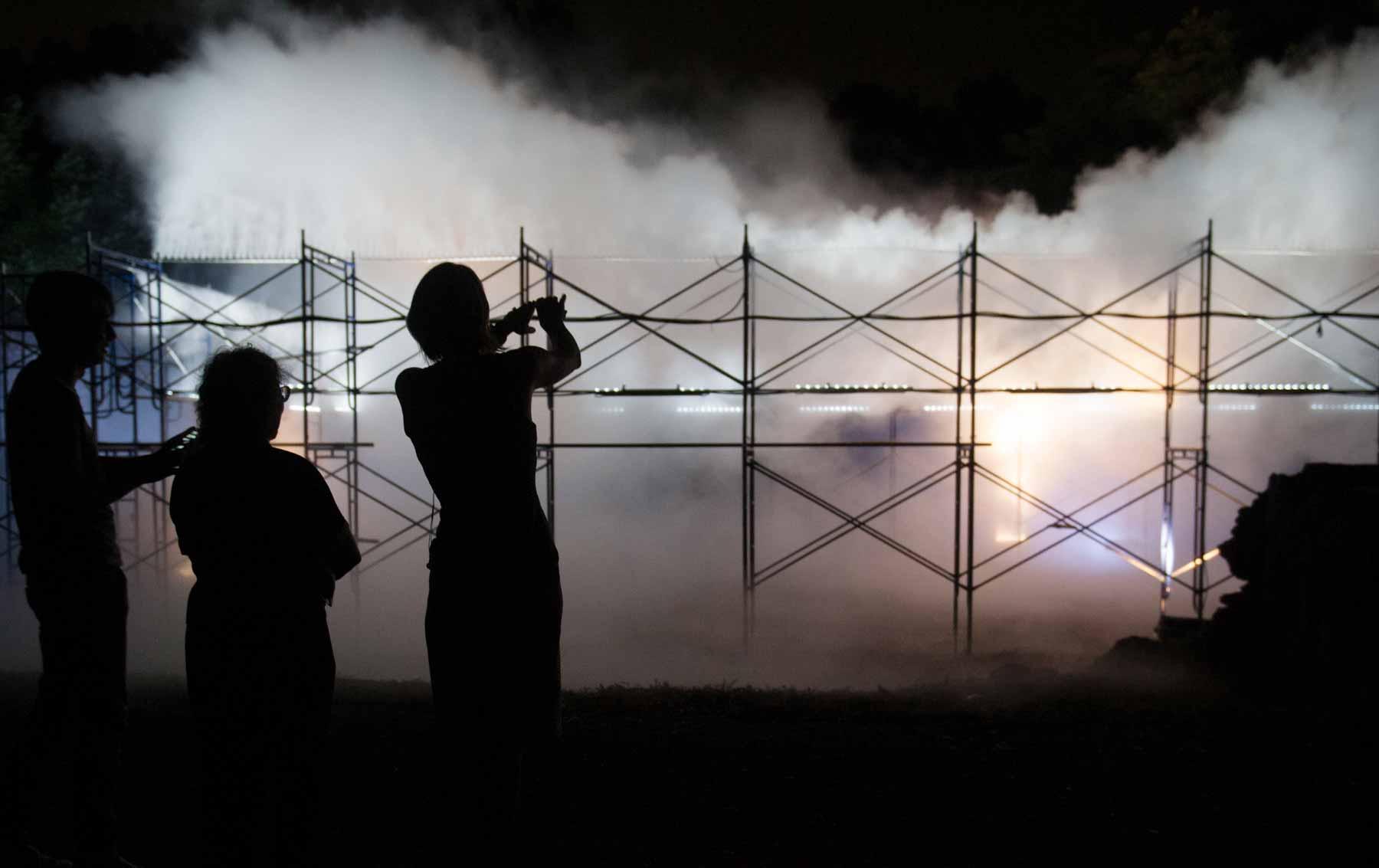The way we consume and think about art and culture in recent years has moved toward the participatory. Perhaps this is in response to the isolating aspects of our digitized lives, ruled increasingly by devices and Artificial Intelligence, with emphasis on the “artificial.” In our search for what is real, we gravitate to artists whose work can literally, physically touch us and move us emotionally through a time-based experience.
Much of the early work in this direction, like British sculptor Andy Goldsworthy’s earthworks, was created in response to a specific site with the understanding that the art would eventually melt away, worn down by the elements. Environmental concerns play an important role to many artists who create work today that may disappear tomorrow. Jen Mergel, Senior Curator of Contemporary Art at Boston’s Museum of Fine Arts from 2010-2017, was responsible for acquiring their first piece of performance art. She has spent much of her curatorial career on expanding understanding of contemporary practices of sculpture. In a recent interview, she discussed her engagement with Japanese artist Fujiko Nakaya who utilizes fog as her sculptural medium. Mergel defined the parameters of ephemeral art this way: “I believe there is a significant difference between temporary and truly ‘ephemeral’ art: one can be recreated and the other can never be repeated, never the same twice. Truly ephemeral art—like the short-lived mayfly the Greeks termed ephemeron—is born to expire, enacting the cycle of composing and decomposing all at once. This is a natural cycle that few artists have effectively generated to meaningfully present.” Mergel indicated Nakaya was an authentic example and Fog x FLO, a public art piece shepherded through the curatorial process by Mergel, epitomizes all that is implied by the label ephemeral. The exhibition Fog x FLO consisted of five sites in Boston’s historic urban park system to mark the twentieth anniversary of the Emerald Necklace Conservancy’s stewardship of the landmarked chain of public spaces designed by Fredrick Law Olmstead (FLO), the founder of American landscape architecture. The fact that the Conservancy opted for a slice of disappearing atmosphere as a historical marker, rather than a bronze statue of, let’s say, Olmstead riding a horse, speaks volumes about how ephemeral art is valued, and how far we collectively as a society have come in our understanding of what we say is art. Other major institutions, like the Tate Modern in London, the Guggenheim Bilbao in Spain and the National Museum of Australia have also sponsored Nakaya’s fog sculpture.




